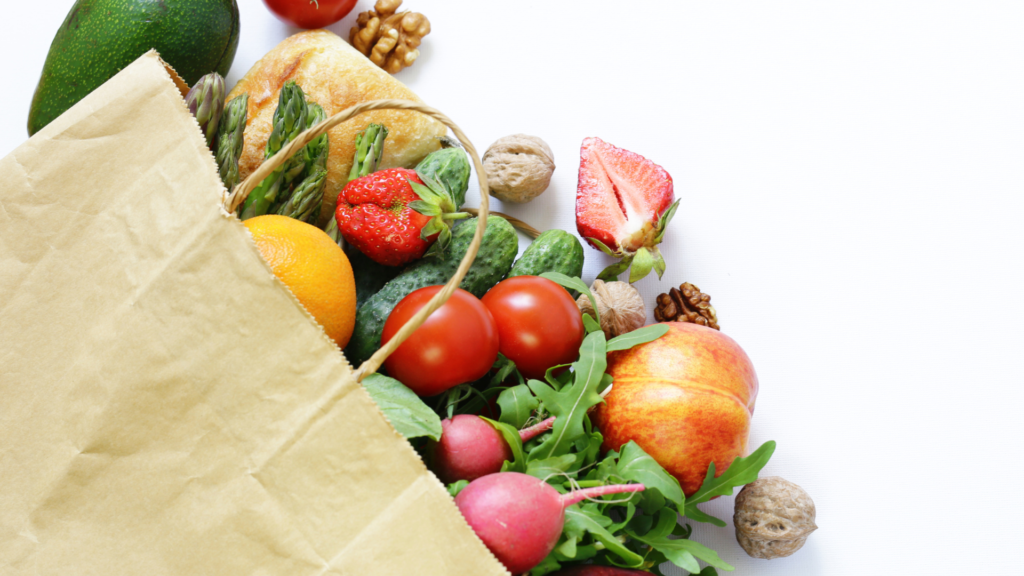Does the Form of Fiber in Your Diet Affect Your Hunger Levels?

A new study published recently aimed to unravel how different forms of fiber affect our appetite and overall health. With obesity and diabetes on the rise globally, understanding the role of dietary fiber in managing hunger and satiety is more important than ever. The findings from this research provide valuable insights into how we might better structure our diets for optimal health. Participants in the study were healthy individuals randomly assigned to one of three distinct diets: • A high-fiber diet consisting of intact foods such as peas and carrots, with approximately 47 grams of fiber per day.• A high-fiber diet where the fiber came from mashed or blended sources, also providing around 47 grams per day.• A low-fiber diet predominantly featuring processed foods, with only 12.6 grams of fiber daily. Findings on Fiber and Hunger It turns out that participants consuming either form of the high-fiber diets reported significantly less hunger two hours after eating compared to those on the low-fiber diet. This can be partly attributed to the release of Peptide YY (PYY), an appetite-suppressing hormone produced in the gut, which was triggered by the high intake of fiber. Intriguingly, the study revealed it made no difference whether the high-fiber foods were consumed in their whole form or mashed and blended—both had similar effects on hunger suppression and hormone release. The Implications of Fiber Form in Your Diet This finding is particularly encouraging as it suggests that individuals can tailor their fiber intake based on personal preference and convenience, without sacrificing the benefits associated with high-fiber foods. Whether you prefer smoothies and purees or crunchy, whole vegetables, your body still reaps the benefits of high dietary fiber. Easy Ways to Increase Fiber Intake Given the profound benefits of dietary fiber, here are some simple tips to increase your fiber intake: Sprinkle Chia or Flax Seeds: Add these to cereal, yogurt, or salads. Both are excellent sources of fiber.Retain Skins on Fruits and Vegetables: The skins of many fruits and vegetables are rich in fiber. Eating them unpeeled can significantly boost your fiber intake.Incorporate Vegetables in Every Meal: Aim to have some form of vegetable at each meal, including snacks.Choose Whole Fruits and Nuts for Snacks: These not only provide a quick source of energy but are also excellent sources of natural fiber. Increased fiber consumption supports gut health, helps manage cholesterol and blood sugar levels, aids weight management, and now, as this study confirms, can keep you feeling fuller for longer. As we search for ways to maintain health through diet, the flexibility in fiber forms noted in this study can be a key factor in helping individuals stick to a healthier eating regime tailored to their lifestyle and preferences. Whether it’s whole, mashed, or blended, getting enough fiber is crucial for health and satiety.



